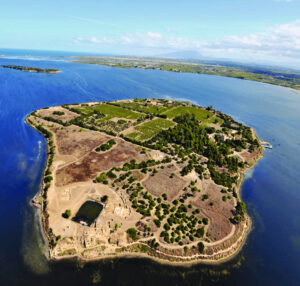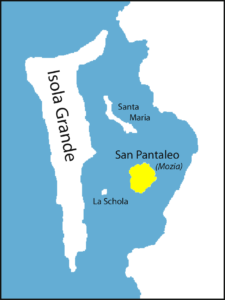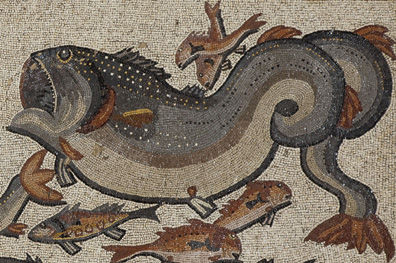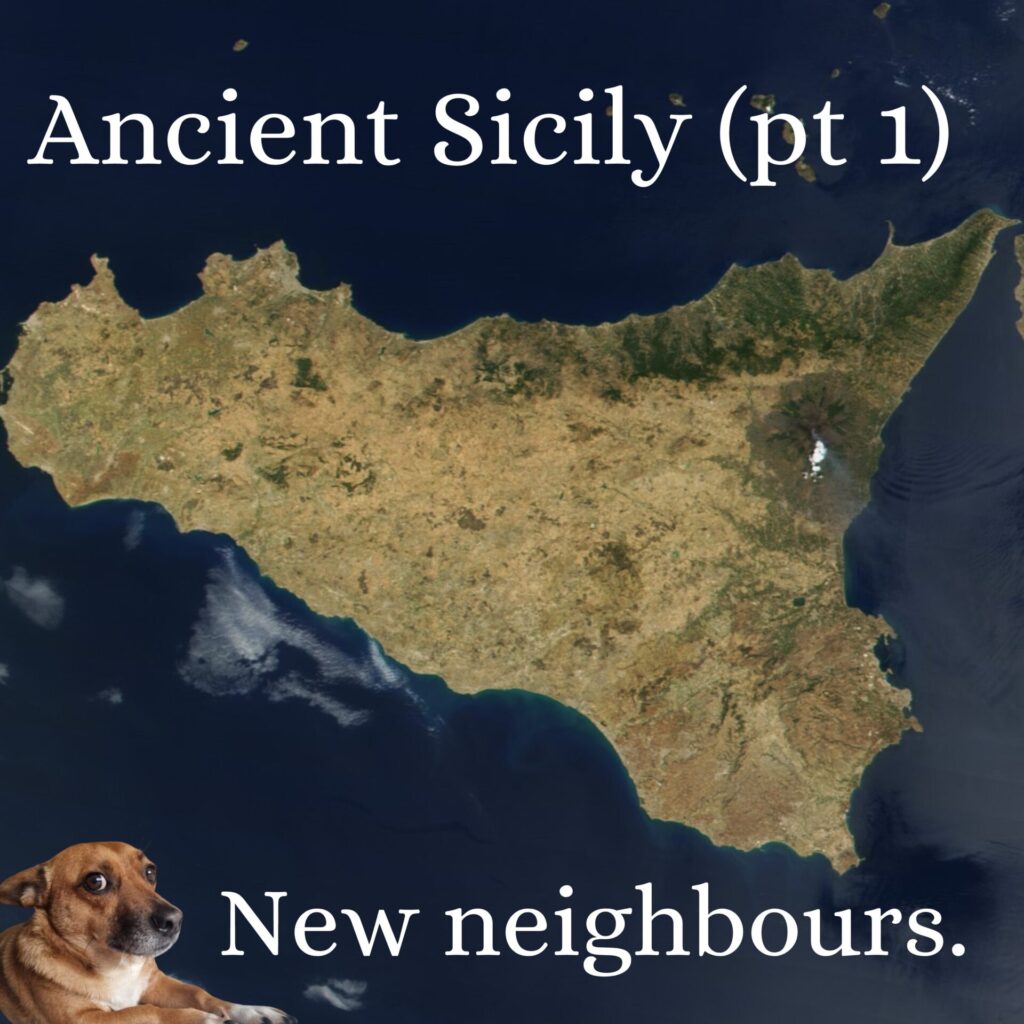Motya – Sicily’s first Phoenician settlement.
Around the 8th century BC the Phoenicians, masters of maritime commerce, committed to founding a settlement on the western tip of Sicily. It was highly likely that the Phoenicians had known and traded with the inhabitants of Sicily for some time. After all they had been founding trading posts and such as far west as southern Spain and at nearby Sardinia. Cognisant of the opportunities Sicily provided, it was a fantastic hub for the trading networks and had resources, the Phoenicians landed on a small island just off the western Sicilian coast.

Today it’s known as San Pantaleo, a small island (some 850m x 750m) couched within the Stagnone Lagoon and it was here that the Phoenicians landed. There initial settlement was most likely located on the south western shore of the island. As the initial settlement grew this area became a place of worship and possibly more. In a recent piece I covered an interesting find made there.

A sanctuary at Motya.
Motya’s development was marked with a large rebuilding programme which took place in the mid 6th century BC, this was likely after Carthage had taken control of it. The sanctuary saw buildings increased and added. It was surrounded by a wall some 3 metres high and temples to Astarte and Ba’al (as well as others) now stood proudly in the Mediterranean sun. However, the sanctuary’s most beguiling feature was nothing built upwards, instead a pool or basin. The pool measured 52.5 metres by 37 and varied in depth (between 0.8m and 1.5m). What was its function?

In the above photo you might be able to make out what looks like remnants of a channel from the south of the pool to the lagoon. This was a feature added after Phoenician occupation of the site, however initial excavations drew a conclusion that this was evidence of a kothon (or military harbour). This was a Phoenician structure found elsewhere, the normal layout of an inland harbour connected to the sea via a channel. However, more excavations have revealed this to be incorrect, though the word ‘kothon’ was continued to be used in reference to the sanctuary. With a military purpose ruled out further excavations and works argued for a very interesting use. The pool was used for stargazing.
The starry night.
In a paper titled ‘The sacred pool of Ba’al: a reinterpretation of the ‘Kothon’ at Motya‘ Lorenzo Nigri argued that the sacred pool was used to map the movements of the stars and make celestial observations. In support of this he cited the positioning of two temples in the sanctuary, namely those of Astarte and Ba’al. In the case of the former this was aligned in a south eastern axis, meaning it would face Venus as it rose in the summer. The temple to Ba’al faced southwest and at the point where the constellation of Orion rose in the winter solstice. Added to this were other features in the sanctuary which were specifically aligned, again to link in with celestial phenomena.
Nigri posits that at night the pool would clearly reflect the stars and poles could be used to mark positions of them. Perhaps they helped with the Phoenicians plotting courses to sail or to help confirm particular dates? Celestial phenomena were incredibly important to various cultures of the period (and to the modern day). The piece I wrote on eclipses in antiquity underlined how keenly the skies were studied and how various cultures interpreted what they found.


